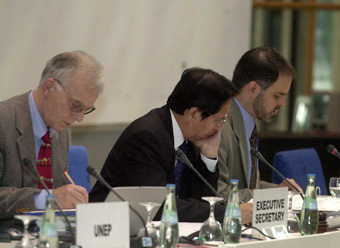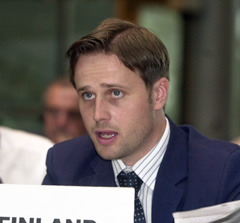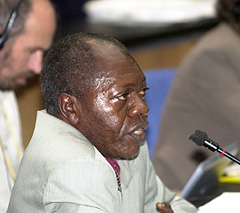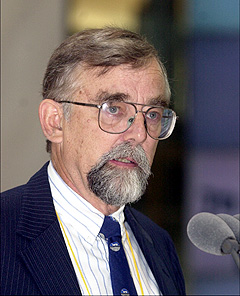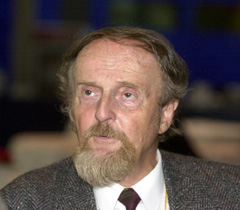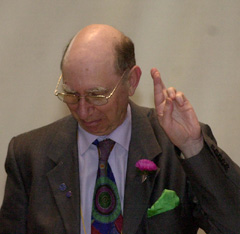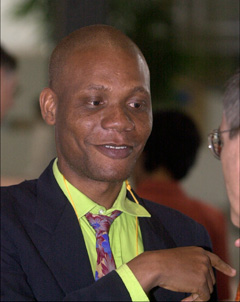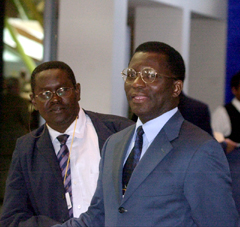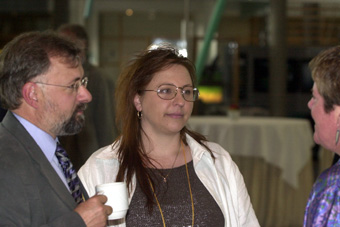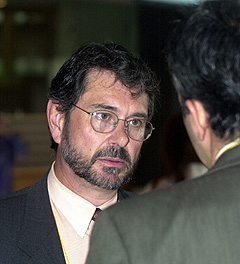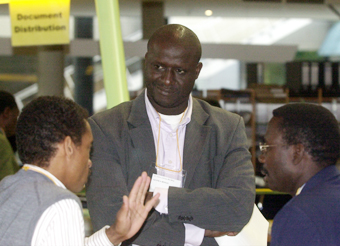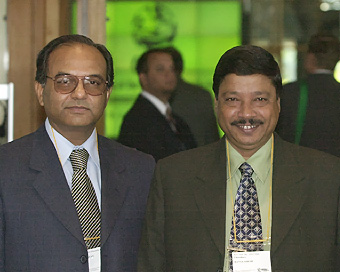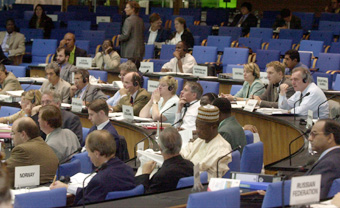 |
SOUTH AFRICA reported on developments concerning the Sand Grouse, highlighting expected finalization of a MOU by the end of 2003 and ongoing implementation of domestic conservation plans. Regarding sturgeons, GERMANY reiterated the Range States' commitment, but said that development of a MOU is postponed until clarification of CITES' policy on the issue. Concerning marine turtles, Hykle drew attention to, and the COW endorsed, ongoing discussions for an instrument on marine turtles of the Pacific Sea. BANGLADESH suggested increasing financial support to local communities for using turtles excluding devices.
On marine mammals, CMS Scientific Councillor for Cetaceans Perrin highlighted, and the COW endorsed, the Scientific Council's approval of an action plan on small cetaceans and manatees in tropical West Africa; a draft regional agreement on small cetaceans in South-East Asia; and proposals for training courses and workshops on cetaceans in the Indian Ocean. GUINEA and others expressed supported the development of an instrument for whales and manatees of the West African coast.
BANGLADESH, PAKISTAN and INDIA called for more attention on cetaceans of the Bay of Bengal, River Dolphins and Elasmobranch Dolphins, respectively. AUSTRALIA invited other dugong Range States to discuss the possibility of a regional instrument.
BELGIUM proposed, and the COW supported, a meeting of the Sahelo-Saharan Working Group to develop an agreement. The COW also endorsed the development of MOUs for the Saiga Antelope, the Mongolian Gazelle, and the African Elephant in Western and Central Africa. NIGERIA called for a workshop on African Elephants. Upon suggestion by Scientific Council Chair Galbraith, the COW requested the Council to gather more information on bats and to report the findings at COP-8.
|


